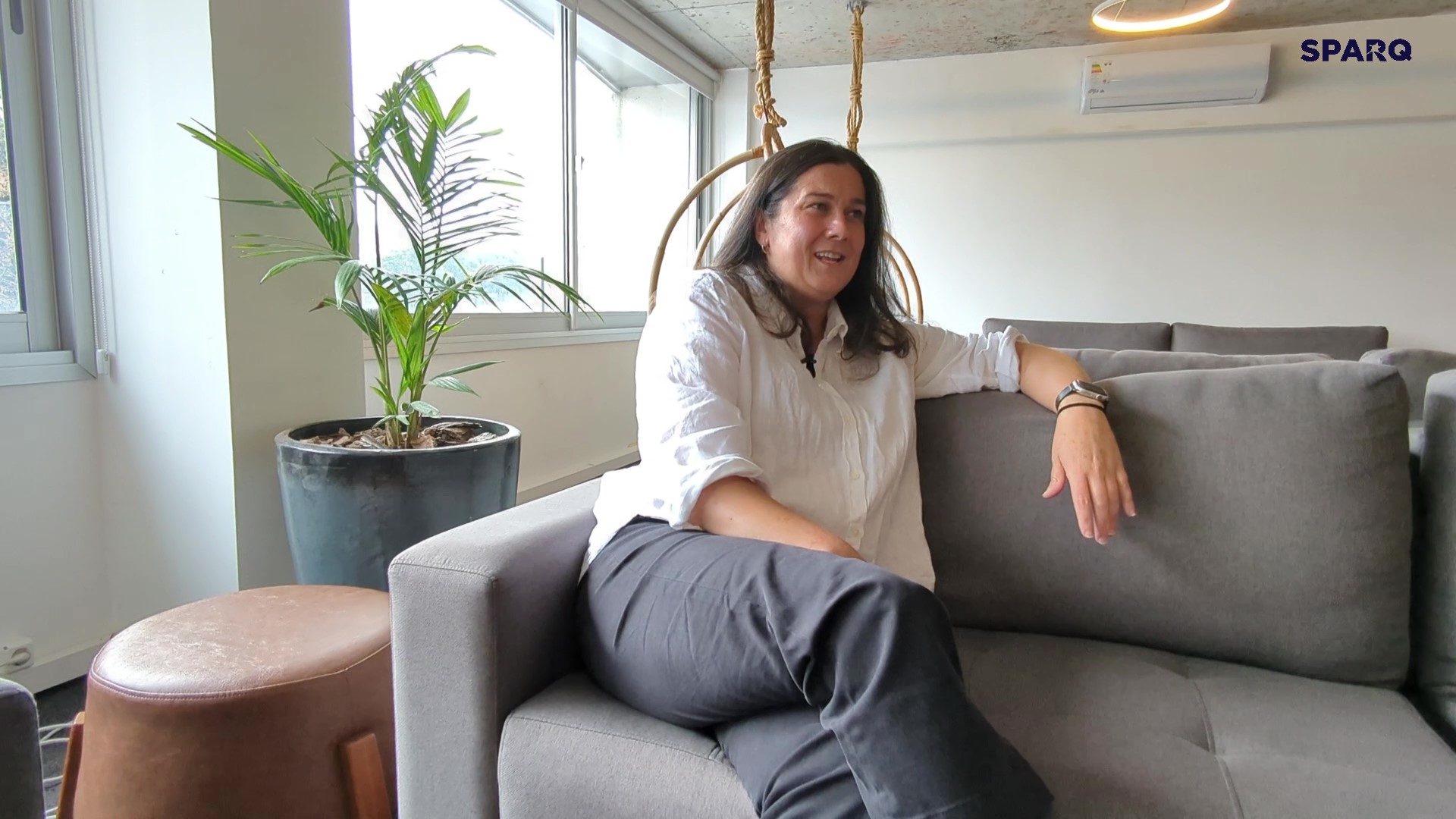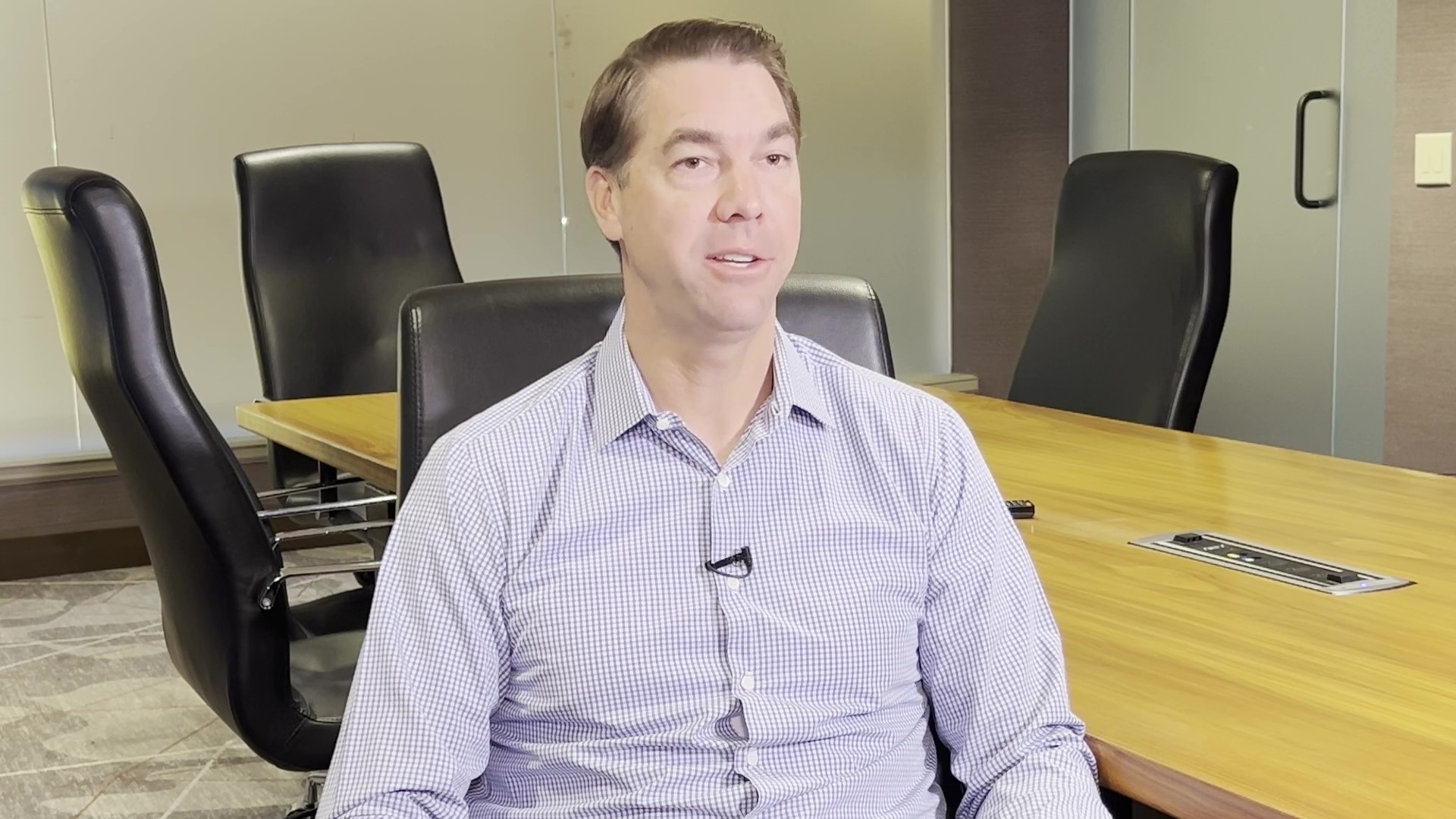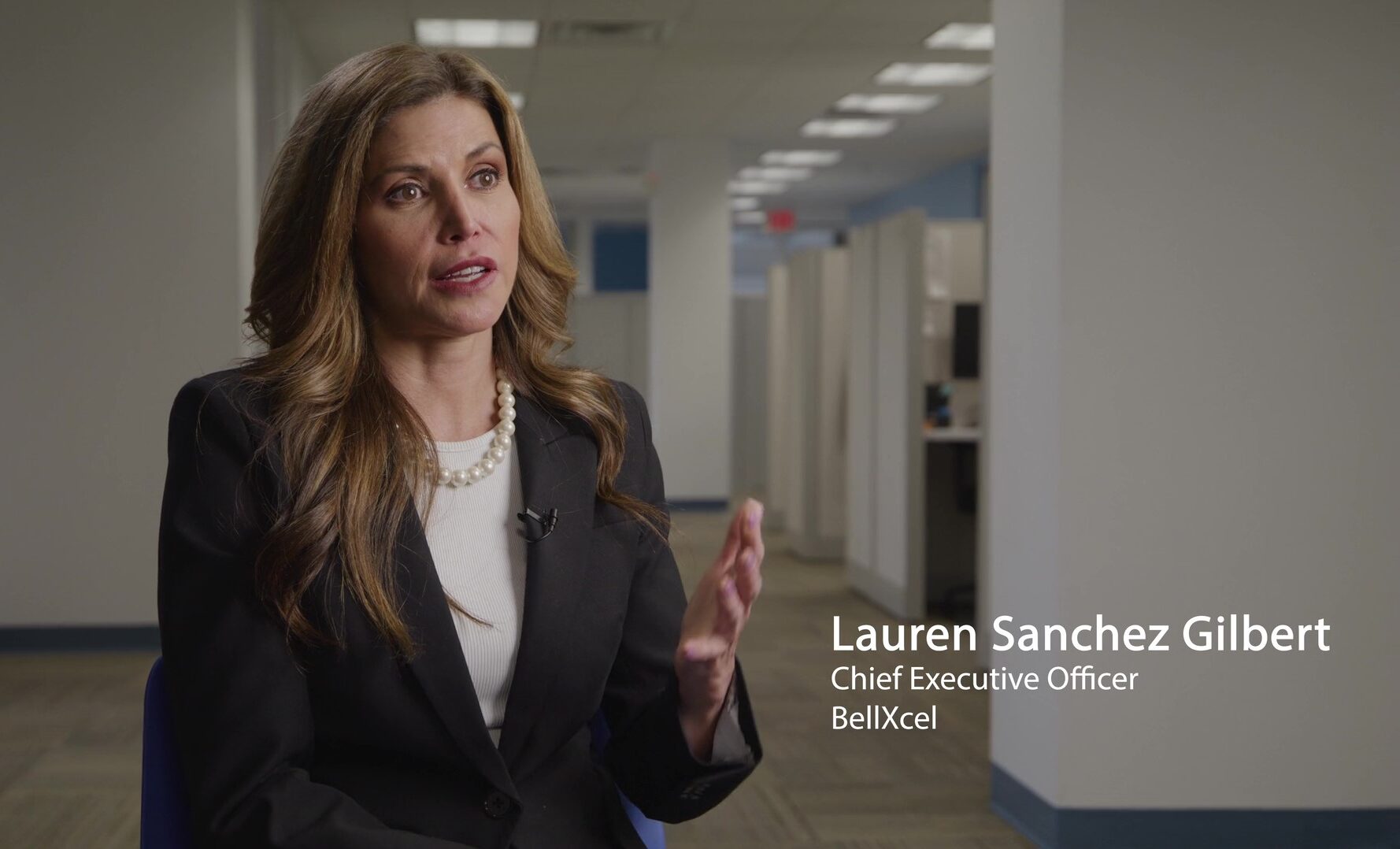Burnout can happen to anyone, especially those on high-performing Agile teams. In the latest Tech in 2, Heidi Jackson shares ways to boost your team’s performance, so that they’re more efficient, effective and happy.
I think it’s greater than it’s ever been before, because we have mostly remote distributed teams and they’re working against different time zones. They’re also working against a lack of definition between job and personal life. Burnout happens when you’re constantly trying to reach the goal. If you have really challenging goals, which you should but if they’re really challenging, then you tend to work a lot of hours.
Here are three ways to boost your team’s performance, so that they are more efficient, effective, and happy doing their jobs every day.
Make Work Meaningful. This doesn’t always mean that you’re doing
the most cutting edge technology piece or the thing that you’re most passionate about. Oftentimes, the work that’s needing to be done is just work that needs to be done. It’s really important to find out what motivates your team and find ways to create moments of inspiration for them. If you have a team who really loves to create silly gifts, or dress up in silly hats one day of the week, then do those kinds of things to make it fun. Having fun at work often means that you get it done faster and usually better.
Create Focused Workloads
Make sure that your workloads are focused and that your team understands self-organization and self-management. One of the number one things that we all like to lie to ourselves abou,t is multitasking. We don’t actually multitask; We switch tasks. Every time we switch tasks, we’re interrupted by emails, chats, or whatever communication your team is using. We actually take about 15 minutes on average to get back to the high priority task we were doing before. It’s really important to be very focused about what your team is working on, so it’s really important to support colleague work-life balance, especially in this day and age where we are working in remotely distributed teams, across different time zones.
Support Work-Life Balance
What I’ve found is that if you don’t have an opportunity to set core working hours, set service level agreements about when emails and chats will be answered, the team feels like they always have to be on and that’s exhausting. And it does cause burnout. It can be things that are simple, like from 6pm to 9am, you don’t have to respond to emails or chats, but maybe you still have an escalation pass. If you can do all of those items, obviously there’s a lot more things that you can do. In the long term, your team is going to be there for the marathon, not just the sprint.

zSpace Client Showcase
zSpace is a tech company that provides immersive learning experiences using virtual and augmented reality. In this client showcase, Jill Donnelly, Director of Strategic Initiatives at zSpace, discusses why they chose to work with Sparq (after interviewing over 20 potential partners!) and how invaluable our "team perspective" has been to their organization.

AI in UX
For Principal Consultant and UX Design Lead Joe Dallacqua, how to utilize AI in UX is a conversation he’s having every day. In this Tech in 2, Joe shares three ways he’s seeing AI help UX designers become not only more efficient, but more creative as well.

Personalization in Insurance
With so much data at their fingertips, insurers have an exciting opportunity to create a more personalized customer experience. In this Tech in 2, Client Partner John Suminski discusses how when data and the right technologies come together, this synergy can create highly personalized products and pricing.

BellXcel Client Showcase
BellXcel is a nationally-recognized nonprofit that empowers youth program providers with innovative solutions, services and resources that create meaningful impact. Learn how we partnered to build key functionality for the Arly platform, which has successfully reached over 100,000 scholars.
